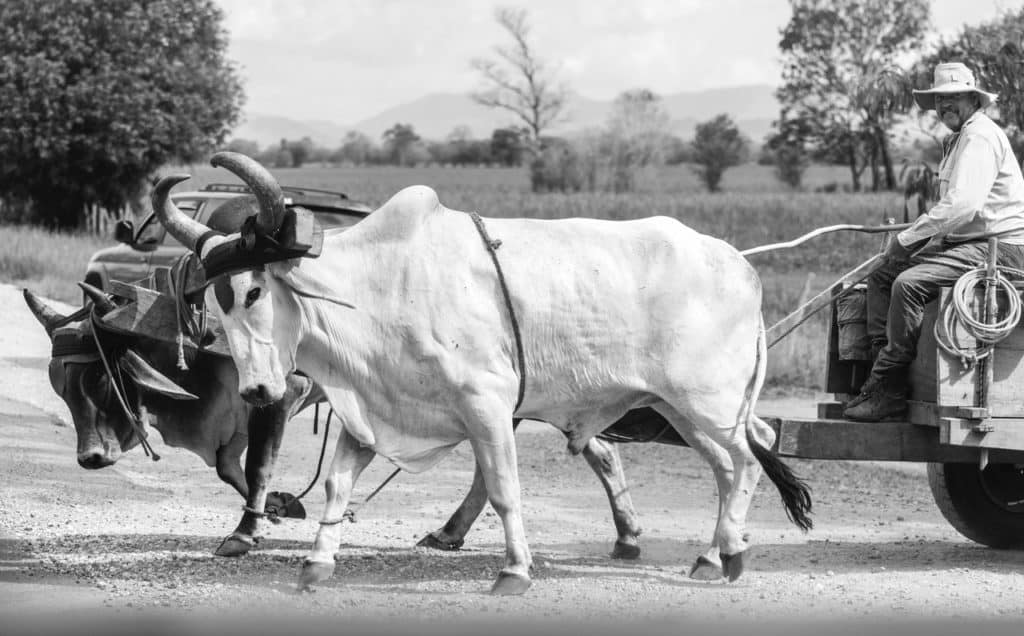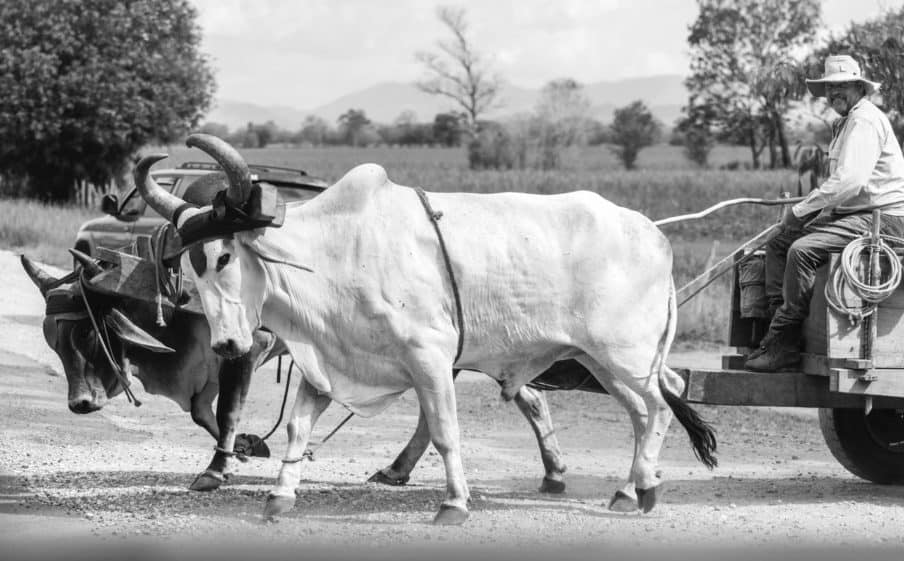
Guanacaste isn’t just another beach destination in Costa Rica. It’s a region with deep roots, shaped by the land, the people who lived here long before colonization, and the traditions that still echo in daily life. From ancient agriculture and pottery to cowboy festivals and marimba melodies, Guanacaste holds a distinct place in Costa Rica’s national identity. This post walks through its history, culture, and customs—with context for anyone visiting or thinking about moving to Costa Rica.
Indigenous Foundations
Long before Spanish colonization, Guanacaste was home to the Chorotega people, who arrived from central Mexico around 800 CE. They created thriving settlements, especially in the Nicoya Peninsula, and brought with them sophisticated farming techniques well-suited to the region’s dry climate.
Crops like maize, beans, and squash became dietary staples—still common today in traditional Costa Rican dishes such as tamales and tortillas. The Chorotegas also developed pottery techniques that remain alive in places like Guaitil, where you can visit artisans continuing this legacy.
Colonial Influence and Cultural Shifts
In 1522, Spanish explorer Gil González Dávila arrived on the Pacific coast and made his way inland to what is now Guanacaste. The Spanish were drawn to the flat terrain, which was ideal for cattle ranching. This led to the rise of the sabanero—the Costa Rican cowboy—whose traditions are still seen in rodeos and rural festivals across the region.
Colonial influences also brought Catholicism, European-style architecture, and changes in language and dress. But these did not erase local customs—instead, they became part of Guanacaste’s new identity.
African Influence Through Music
African slaves, likely brought to the region via Guatemala, introduced musical traditions that changed Guanacaste’s cultural rhythm. The marimba, adapted from African xylophones, became the province’s signature sound. Today it’s heard at fiestas, community gatherings, and celebrations.
The quijongo, a single-stringed instrument made with a gourd, is another musical staple found almost exclusively in Guanacaste. These instruments play a key role in performances of retahilas, fast-paced oral compositions performed with music and dance.
The 1824 Annexation: Joining Costa Rica
A defining moment in Guanacaste’s history happened on July 25, 1824, when the Partido de Nicoya chose to become part of Costa Rica. This decision came during a time of political unrest in neighboring Nicaragua, and many Guanacastecos believed Costa Rica offered more stability and trade opportunities.
Not all towns agreed at once—Nicoya and Santa Cruz voted in favor, while Liberia joined two years later in 1826. Every July, the country celebrates Annexation Day with parades, traditional dances, and civic events. The slogan “De la patria por nuestra voluntad” (“Part of the nation by our own will”) reflects the pride locals feel about their choice.
Language, Clothing, and Customs
Guanacaste’s dialect features words from indigenous languages and phrases influenced by Nicaragua. Words like comal (a flat cooking griddle) and caite (leather sandal) are still used today.
Traditional dress varies by occasion but typically includes:
- Women: Full, colorful skirts and embroidered blouses
- Men: White cotton outfits, red bandanas, and straw hats
These outfits became popular during the coffee export boom in the late 1800s, replacing hand-woven cotton clothes. Rodeos and bull festivals are central to Guanacaste’s local culture. But unlike Spanish bullfighting, Costa Rican events focus more on skill, tradition, and community participation—without killing the bulls.
Food and Culinary Traditions
Local dishes reflect the agricultural roots of the region. Corn is used in nearly everything, including:
- Tamales: Wrapped in banana leaves and steamed
- Rosquillas: Baked cornmeal rings, often with cheese
- Chorreadas: Sweet corn pancakes
Meat-heavy dishes also highlight the region’s ranching culture. Expect grilled meats, rice, beans, and root vegetables like yuca to show up often on local menus.
Artisan Crafts and Pottery
Handcrafted ceramics are one of Guanacaste’s most recognizable traditions. In towns like Guaitil, entire families still produce pottery using pre-Columbian methods. Designs often reflect indigenous symbolism, and clay is sourced locally.
Buying pottery directly from artisans helps keep these cultural practices alive and supports the local economy.
Festivals and Cultural Events
If you’re visiting during the dry season (December–April), chances are you’ll catch a local festival. One of the most colorful is the Fiesta Patronal del Santo Cristo de Esquipulas in Santa Cruz, featuring processions, food, dance, and bull riding.
Music, dancing, and traditional food turn these festivals into full community events—great for experiencing Guanacaste’s spirit firsthand.
Quick Timeline
| Year | Event |
|---|---|
| ~800 CE | Chorotega people settle in the Nicoya Peninsula |
| 1522 | Spanish explorers arrive in Guanacaste |
| 1824 | Nicoya votes to join Costa Rica (Annexation Day) |
| 1826 | Liberia joins Costa Rica |
| Late 1800s | Traditional dress becomes popular during the coffee boom |
| 1996 | Marimba declared a national symbol of Costa Rica |
Final Thoughts
Guanacaste has its own rhythm, its own voice, and a strong sense of identity. From its pre-Columbian pottery and marimba music to its annexation and cowboy traditions, the region adds a specific character to Costa Rica. Whether you’re planning to visit or thinking about relocating, understanding Guanacaste’s roots adds a deeper layer to your experience.

